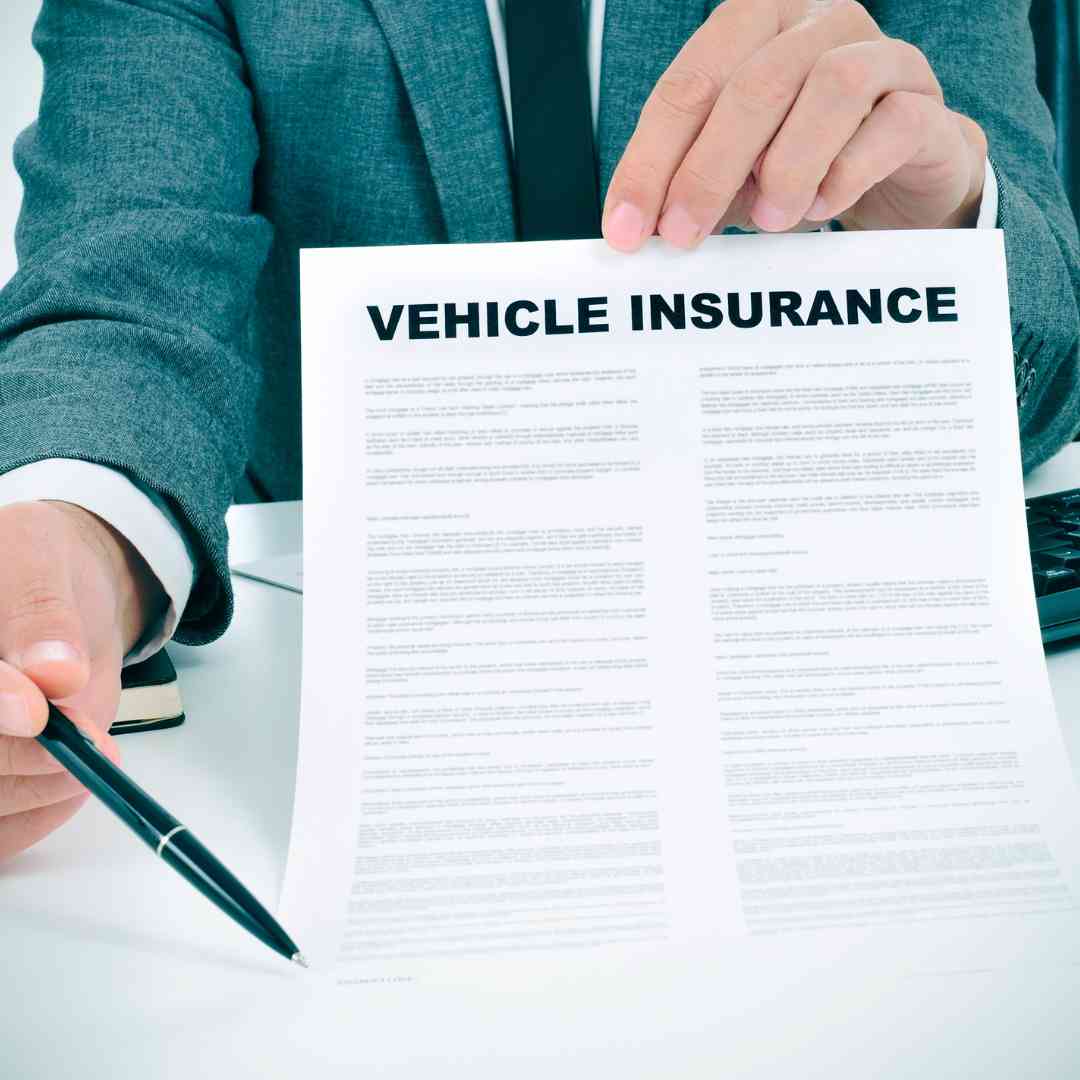Key Aspects of Insurance For Paid Driver Programs

Insurance is a critical component of operating a successful elderly, special needs, and disabled transportation program that employs paid drivers. As the safety and well-being of passengers are of utmost importance, it is essential to have comprehensive insurance coverage in place to protect both drivers and passengers in the event of accidents, injuries, or property damage. In this chapter, we will delve into the intricacies of insurance for paid drivers in these transportation programs. We will explore the types of insurance coverage needed, the factors to consider when selecting insurance policies, and the key aspects of insurance claims and coverage. Understanding how insurance works in this context will help ensure the smooth and secure operation of your transportation program.
Commercial auto insurance is the primary type of insurance required for paid drivers in transportation programs. It provides coverage for vehicles used in the operation of the program, including liability coverage for bodily injury or property damage caused by the driver. If drivers use their personal vehicles for transportation program purposes, non-owned auto liability insurance is necessary. This coverage protects the organization from liability claims arising from accidents caused by the driver’s personal vehicle during work related activities.
General liability insurance provides coverage for bodily injury, property damage, and personal injury claims that may occur outside of driving related incidents. It protects the organization from legal and financial consequences resulting from accidents or incidents that may occur while providing transportation services.
Commercial auto insurance is the primary type of insurance required for paid drivers in transportation programs. It provides coverage for vehicles used in the operation of the program, including liability coverage for bodily injury or property damage caused by the driver. If drivers use their personal vehicles for transportation program purposes, non-owned auto liability insurance is necessary. This coverage protects the organization from liability claims arising from accidents caused by the driver’s personal vehicle during work related activities.
General liability insurance provides coverage for bodily injury, property damage, and personal injury claims that may occur outside of driving related incidents. It protects the organization from legal and financial consequences resulting from accidents or incidents that may occur while providing transportation services.
Factors to Consider when Selecting Insurance Policies :
Evaluate the coverage limits and deductibles offered by insurance providers. Consider the specific needs and risks associated with your transportation program and ensure that the coverage limits adequately protect against potential liabilities. Determine if the insurance policies allow for additional insured and endorsements. This feature extends coverage to entities or individuals who may be involved in the transportation program, such as volunteers, board members, or partnering organizations. Understand the insurance requirements related to driver qualifications and training. Some insurers may have specific driver criteria, such as age restrictions, driving experience, and completion of defensive driving courses. Research the insurer’s claims history and customer service reputation. Look for insurers with a track record of timely claims processing and responsive customer support.
Key Aspects of Insurance Claims and Coverage:
Ensure that drivers understand the importance of collecting necessary documentation and evidence in the event of an accident or incident. This may include taking photographs, obtaining witness statements, and gathering relevant documents such as police reports or medical records. Notify the insurance provider promptly after an accident or incident occurs. Cooperate fully with the insurance company’s investigation process. Thoroughly review the insurance policy to understand the exclusions and limitations that may apply. Familiarize yourself with situations or circumstances that may not be covered by the policy, such as intentional acts or violations of driving laws. Consider the premium costs associated with the insurance coverage and evaluate them against your budget. Additionally, understand the renewal terms of the policy, including any potential rate increases or changes in coverage.
Implement a rigorous driver screening process to ensure that only qualified and experienced individuals are hired as paid drivers. Conduct thorough background checks, review driving records, and verify qualifications and certifications. Establish regular vehicle maintenance schedules and safety inspection protocols. Ensure that vehicles are regularly serviced, and all safety equipment, such as wheelchair ramps or lifts, are maintained in good working condition. Regular inspections help identify and address potential safety issues proactively. Develop and enforce safety policies and procedures for paid drivers. These may include guidelines for passenger assistance, vehicle cleanliness, seatbelt usage, and adherence to traffic laws. Implement a comprehensive incident reporting and investigation process.
Empower communities with accessible transportation! Book a demo and learn how our software revolutionizes scheduling for the elderly and special needs individuals
ABOUT THE AUTHOR
MIKE B.
Mike is a seasoned transportation consultant and technology advocate. Drawing from years of experience in the transportation industry, Mike bridges the gap between innovative software solutions and practical implementation strategies. His articles focus on the transformative power of software for organizations that deliver transportation options for the elderly, special needs and disabled communities. Outside his writing endeavors, Mike enjoys exploring the landscapes of Costa Rica and advocating for sustainable transportation initiatives.
Recent Comments